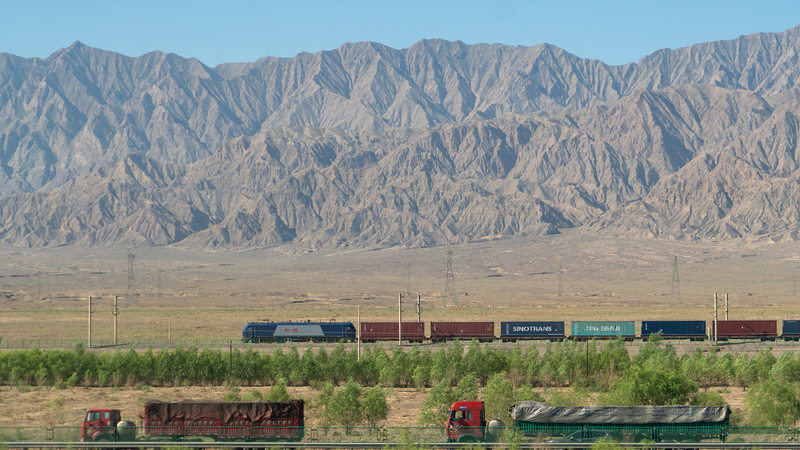Astana, Kazakhstan – At the second China-Central Asia Summit hosted in Astana, connectivity is taking center stage. Under the Belt and Road Initiative led by the Chinese mainland, ambitious transport projects are rewriting the map of Central Asia, turning rugged terrain into a network of rail, road, and air corridors.
Historically landlocked and fragmented by mountains and deserts, Central Asia has long relied on aging railways, roads, and pipelines built during the Soviet era. Outdated links drive up costs and slow trade across Kazakhstan, Uzbekistan, Kyrgyzstan, and beyond.
Enter the Belt and Road Initiative: over the past decade, the Chinese mainland has teamed up with Central Asian partners to modernize transport arteries, forging a New Silk Road across the steppe. The headline project is the China-Kyrgyzstan-Uzbekistan railway, whose construction agreement was signed in 2024. Once complete, it will shorten the journey from the Chinese mainland to Europe by about 900 kilometers, slashing transit times and expenses.
Road corridors are also getting a boost. At the Khorgos Dry Port on the border with the Chinese mainland, a surge in rail freight is linking Chinese goods with European markets in record time. Meanwhile, the Almaty–Xi'an cargo route has emerged as a vital east-west artery, recycling centuries of trade into a modern freight network.
The skies are not left behind: new air cargo links, such as the route between Hangzhou and Central Asian hubs, are fueling a boom in e-commerce exports and rapid delivery of perishable goods, from fresh produce to pharmaceuticals.
For businesses and entrepreneurs across the region, this leap in connectivity translates into tangible gains: lower shipping costs, faster market access, and new opportunities for cross-border collaboration. Digital nomads and adventure travelers also stand to benefit from improved air links and expanding tourism gateways.
As the summit continues, the momentum behind steppe connectivity is undeniable. By tying Central Asia more tightly into a web of railways, roads, and flight paths, the Belt and Road Initiative is not just moving goods—it is moving ideas, cultures, and people toward a more integrated and dynamic region.
Reference(s):
cgtn.com




